Water is one of the most valuable resources on earth and industrial water plays a key role in production and manufacturing processes worldwide. This paper will delve into the importance of industrial water, its application areas, and sustainability considerations.
What types of industrial water are available?
- Cooling: Industrial water is used to cool equipment, machinery and processes to prevent overheating and damage.
- Cleaning and washing: Used to clean and wash manufacturing equipment, products and work areas to ensure product quality and a hygienic work environment.
- Manufacturing and processing: Used to manufacture and process a wide range of products including metals, plastics, textiles, food products and more.
- Energy production: Water is used in power plants to produce steam, which is used to drive turbines or cool power generation equipment.
- Chemical reactions: Many chemical industry processes require water as a solvent or reactant.
- Conveying and transportation: Used to transport raw materials, chemicals and products, often through piping systems.
- Wastewater treatment: used to treat industrial wastewater to purify and reduce pollutants in wastewater discharges.
- Environmental control: used to regulate environmental parameters such as humidity and temperature to meet production requirements.
- Distillation and purification: used to distill and purify chemicals in processes such as chemical, pharmaceutical and beverage production.
- Metallurgy: for cooling, washing and quenching metals, as well as other metal working processes.
- Food processing: used in the food processing industry for washing, cooking, cooling and packaging.
- Textile: used in the textile industry for fiber production, dyeing and finishing.
- Semiconductor manufacturing: in the semiconductor manufacturing industry for cleaning, etching and cooling.
- Paper and printing: used in the paper and printing industry for pulping, printing and cleaning equipment.
- Pharmaceutical manufacturing: used in drug production, cleanroom operations and laboratory testing.
- Construction and building materials manufacturing: water is used in concrete manufacturing, stone processing and glass production.
- Agriculture: Used in irrigating farmland and breeding, an important part of agricultural production.
- Fire protection systems: used in fire protection systems for industrial facilities and buildings in response to fires.
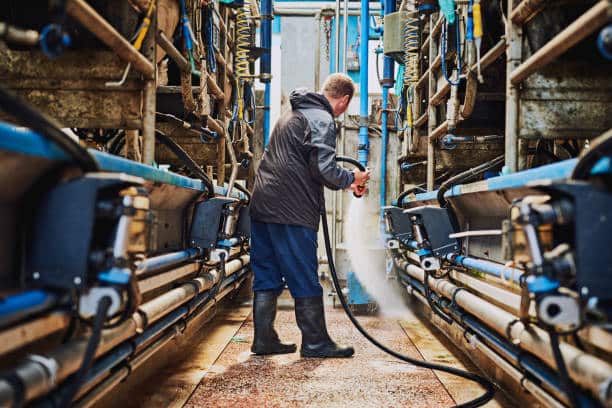
Sustainability considerations for industrial water use
Water quality control
- Monitoring and testing: The first step in water quality control is to regularly monitor and test the quality of the water source. This includes testing the water for various pollutants, microorganisms and chemicals. The results of monitoring can help determine if there is a problem and what measures need to be taken.
- Contaminant control: Once the contaminants present in a water source have been identified, measures need to be taken to reduce or eliminate them. This may include industrial wastewater treatment, agricultural nonpoint source pollution control, and municipal wastewater treatment.
- Water quality standards: Governmental agencies often establish water quality standards that specify the maximum allowable concentrations of various pollutants in a water source. Businesses and individuals need to comply with these standards to ensure that water sources are not polluted.
- Wastewater treatment: Industrial and municipal wastewater often needs to be treated to ensure that the quality of the wastewater discharged into a water body is in compliance with regulations. Wastewater treatment processes can include physical, chemical, and biological methods to remove pollutants.
- Environmental monitoring: Water quality control also involves monitoring the ecosystems of water bodies to ensure that the quality of water does not adversely affect aquatic life and ecological balance.
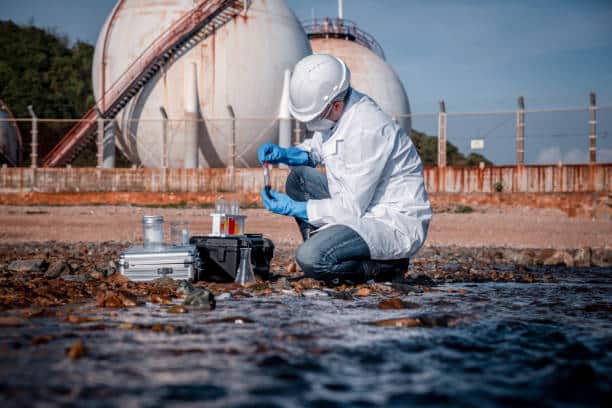
Water management
- Water resources assessment: Understanding the quantity and quality of regional water supplies is key to water resources management. This includes measuring groundwater, surface water and rainfall.
- Water-saving technologies: Water-saving technologies can be used in the industrial and agricultural sectors to reduce the demand for water. This may include optimizing irrigation methods, improving production processes or investing in efficient water use facilities.
- Water allocation: Public policies and regulations often dictate how water resources are allocated. Managers need to ensure that allocations are fair and reasonable to meet the needs of different industries and communities.
- Emergency plans: Emergency water management plans are developed to respond to droughts, contamination of water sources, or other emergencies to ensure the continuity of water supplies.
- Recycling and reuse: Promoting recycling and reuse of water resources can reduce the demand for fresh water. This can be achieved through wastewater treatment and recycling systems.
- Social participation: Water resources management requires broad social participation and cooperation. Collaboration between government, industry, communities and environmental organizations is key to achieving sustainable water resources management.
- Sustainable development goals: Ensure that water resources are managed in accordance with sustainable development goals to meet the needs of current and future generations while protecting ecosystems and the environment.
What are the parameters that need to be monitored for industrial water?
- pH: pH measures the acidity or alkalinity of water, and it has a significant impact on many industrial processes and wastewater treatment.
- Turbidity: Turbidity is a measure of the transparency or clarity of water, which reflects the concentration of suspended and solid particles in the water.
- Conductivity: Conductivity measures the ability of water to conduct electricity, which indicates the ionic content of the water and is useful for monitoring salinity and dissolved solids.
- Temperature: The temperature of water is an important parameter for many industrial processes and the health of ecosystems.
- Dissolved oxygen (DO): DO measures the concentration of dissolved oxygen in water, which is critical for the survival of organisms in the water column and the health of benthic organisms.
- Ammonia: Ammonia measures the amount of ammonia and ammonia compounds in water, which is important for monitoring organic pollutants in wastewater.
- Nitrate and nitrate-nitrogen: Nitrate measures the amount of nitrate and nitrate-nitrogen in water, which is important in agricultural and industrial discharge control.
- Phosphate: Phosphate measures the amount of phosphate in water, which is associated with eutrophication and algal outbreaks in water bodies.
- Chemical oxidation oxygen demand (COD): COD measures the demand for oxygen by organic and inorganic compounds in water, which is an indicator of wastewater loading.
- Biochemical oxygen demand (BOD): BOD measures the amount of oxygen required by microorganisms in water to degrade organic matter, which is one way to assess the degree of pollution in a water body.
- Heavy metals: monitors the amount of heavy metals (e.g., lead, mercury, cadmium, etc.) in water because of their potential danger to ecosystems and human health.
- Microbiological indicators: monitor the presence of microorganisms such as bacteria, E. coli, viruses, etc. in water to assess water hygiene.
- Suspended matter: measures the concentration of solid particles and suspended matter in water, which is related to turbidity and bottom sedimentation.
- Organic matter: monitors the type and concentration of organic compounds in water, which is important for assessing wastewater loading and water pollution.
- Odors and tastes: detects odors and tastes in water, which can provide additional information about water quality.
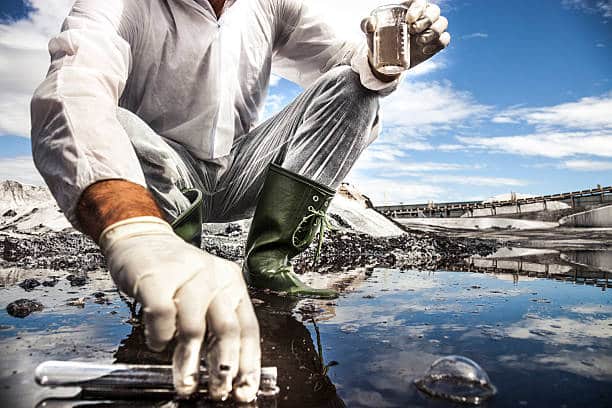
Below are some common water quality parameters and examples of their standard ranges. Please note that these standard ranges can vary depending on the country, region and application, and specific requirements should follow local regulations and standards. General examples are provided here:
| Parameter | Standard Range (Example, units may vary) |
| pH Value(A10 Aquarium ORP pH Controller) | 6.5 – 8.5 |
| Turbidity(TS-620 Turbidimeter Online Turbidity Meter) | < 5 NTU (Nephelometric Turbidity Units) |
| Conductivity(A10 EC Electrical Conductivity Meter) | < 800 μS/cm (Microsiemens per centimeter) |
| Temperature(WSS Temperature Bimetal Thermometer) | 0 – 40°C |
| Dissolved Oxygen (A10 Optical Dissolved Oxygen Meter) | > 5 mg/L |
| Ammonium Nitrogen (NHN Online Ammonia Nitrogen Sensor) | < 0.2 mg/L |
| Nitrate Nitrogen (NO3-201 Digital Nitrate Nitrogen Sensor) | < 10 mg/L |
| Phosphate (PO4) | < 0.1 mg/L |
| Chemical Oxygen Demand (COD) | < 20 mg/L |
| Biochemical Oxygen Demand (BOD) | < 5 mg/L |
| Lead (Pb) | < 0.01 mg/L |
| Mercury (Hg) | < 0.001 mg/L |
| Cadmium (Cd) | < 0.005 mg/L |
| Escherichia coli (E. coli) | Not detected |
| Viruses | Not detected |
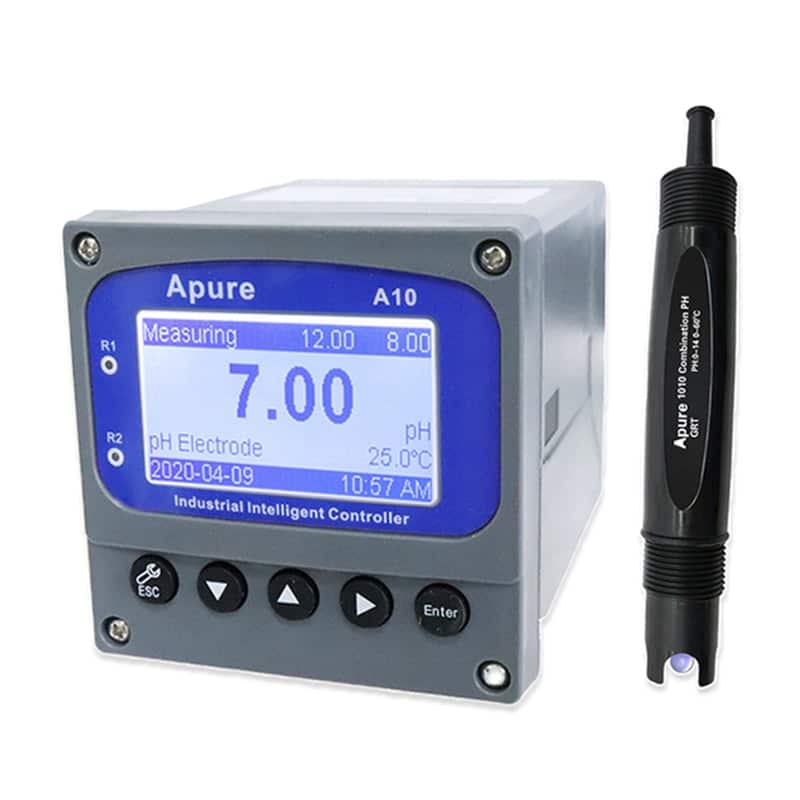
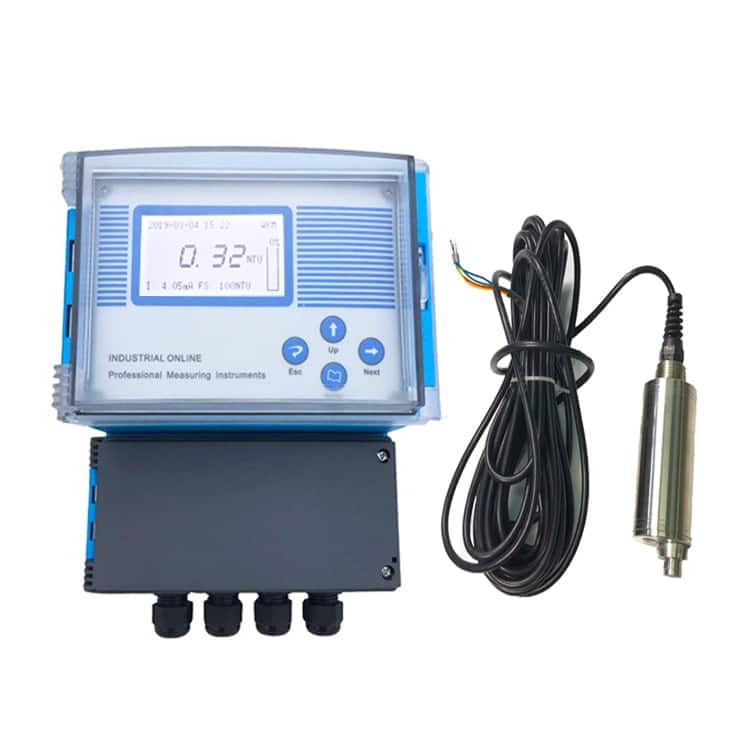
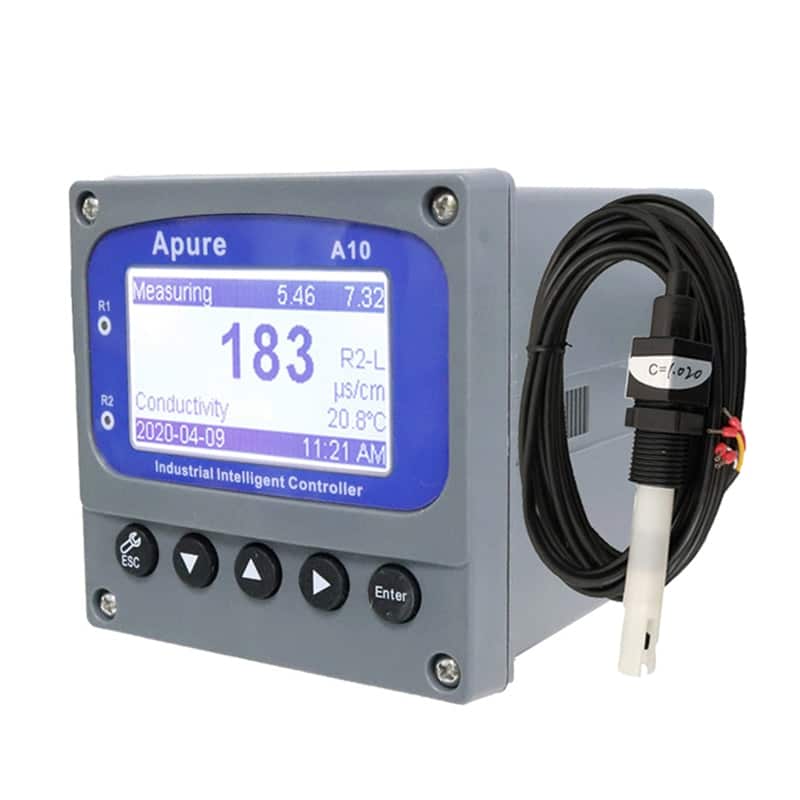
Please note that these standard ranges are examples and do not apply in all cases. Specific standards and ranges may vary from country to country, industry to industry, and water body type to water body type. Therefore, local regulations and relevant standards should always be referred to when conducting water quality monitoring and assessment to ensure compliance and water quality safety.
How much water does industry use?
Global industrial water use is a complex issue as it involves multiple industries, regions and time periods. The amount of water used for industrial purposes can vary depending on factors such as the nature of the industry, geographical location, water availability, level of technology and market demand. However, some approximate figures for global industrial water use can be provided:
- General: Global industrial water use accounts for a significant portion of total global water use. Depending on the estimate, industrial water use may account for 20 to 30 percent of total global water use.
- Industry variations: Industrial water use varies greatly from industry to industry. Water-intensive industries such as chemicals, textiles and metal processing typically use large amounts of water, while other industries such as information technology and finance use less.
- Regional differences: The distribution of industrial water use is not uniform across the globe. Some countries and regions use large amounts of industrial water because of the breadth and scale of their industrial activities, while others use less.
- Trends: Industrial water use is likely to increase with global industrialization. However, in some regions, the management and efficiency of industrial water use may improve due to water scarcity or increased environmental awareness, leading to a reduction in water use.
- Sustainability: Increasingly, businesses and government agencies are focusing on sustainability, striving to reduce industrial water consumption, and reducing their dependence on water resources through water management and water conservation techniques.
In summary, the quantity of water used for industrial purposes is a complex factor that is influenced by a number of factors. The exact amount of industrial water used globally varies over time and place, but it plays an important role in global water resources management and sustainable development. To ensure sustainability, measures are needed to effectively manage and reduce industrial water consumption.
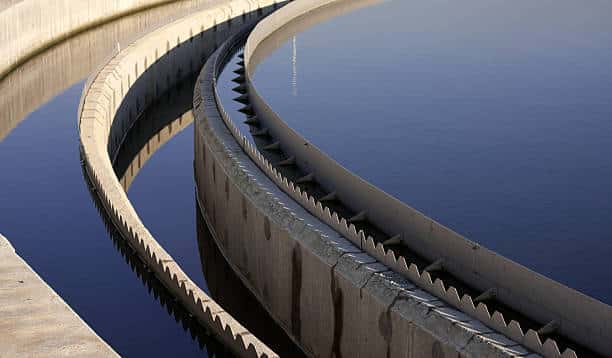
Importance of industrial water
The critical importance of industrial water is that it is an integral part of the production process in several industrial sectors, directly affecting production efficiency, product quality and economic growth. At the same time, as global water scarcity and environmental concerns increase, effective water management and water quality control become critical. This includes monitoring water quality, reducing pollutant discharges, implementing water conservation techniques, encouraging water reuse, and ensuring the sustainability of water resources to meet current and future demands while protecting ecosystems and the environment.
Summary
Industrial water is water used in a variety of industrial processes, and it accounts for a sizable portion of the world’s water use for purposes such as cooling, cleaning, manufacturing, chemical reactions, energy production, and more. The demand for industrial water varies by industry, geographic location and water availability, and therefore has wide variability. To ensure sustainability and resource management, many localities have taken measures to improve water use efficiency and reduce water consumption to meet economic needs while protecting the environment.
Apure has grown to become a leading instrumentation manufacturer in China and a one-stop service provider for global customers. Apure provides instruments for water quality analysis, flow meters, level measurement, pressure measurement, temperature measurement, ozone generators and more. Feel free to contact us anytime.
